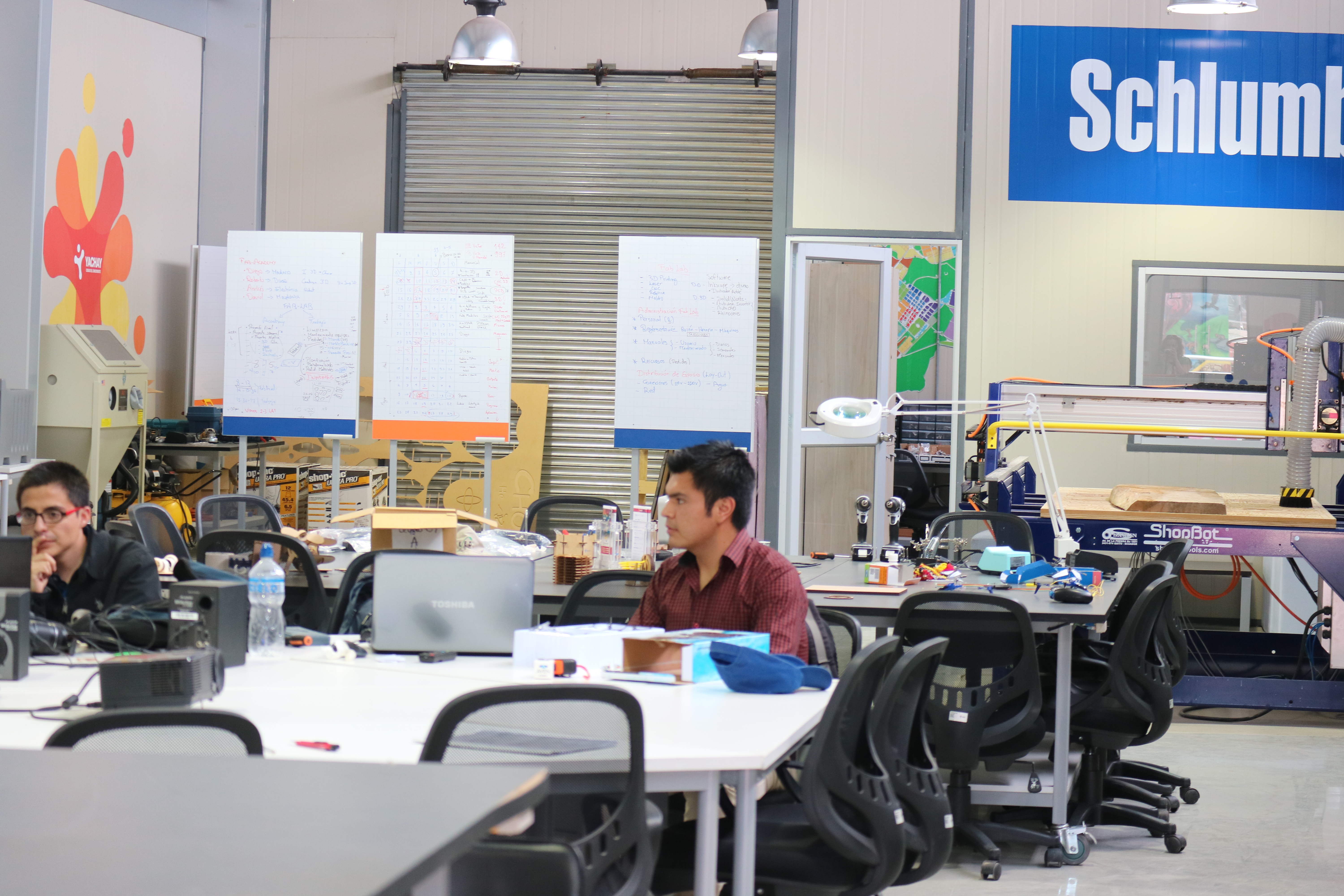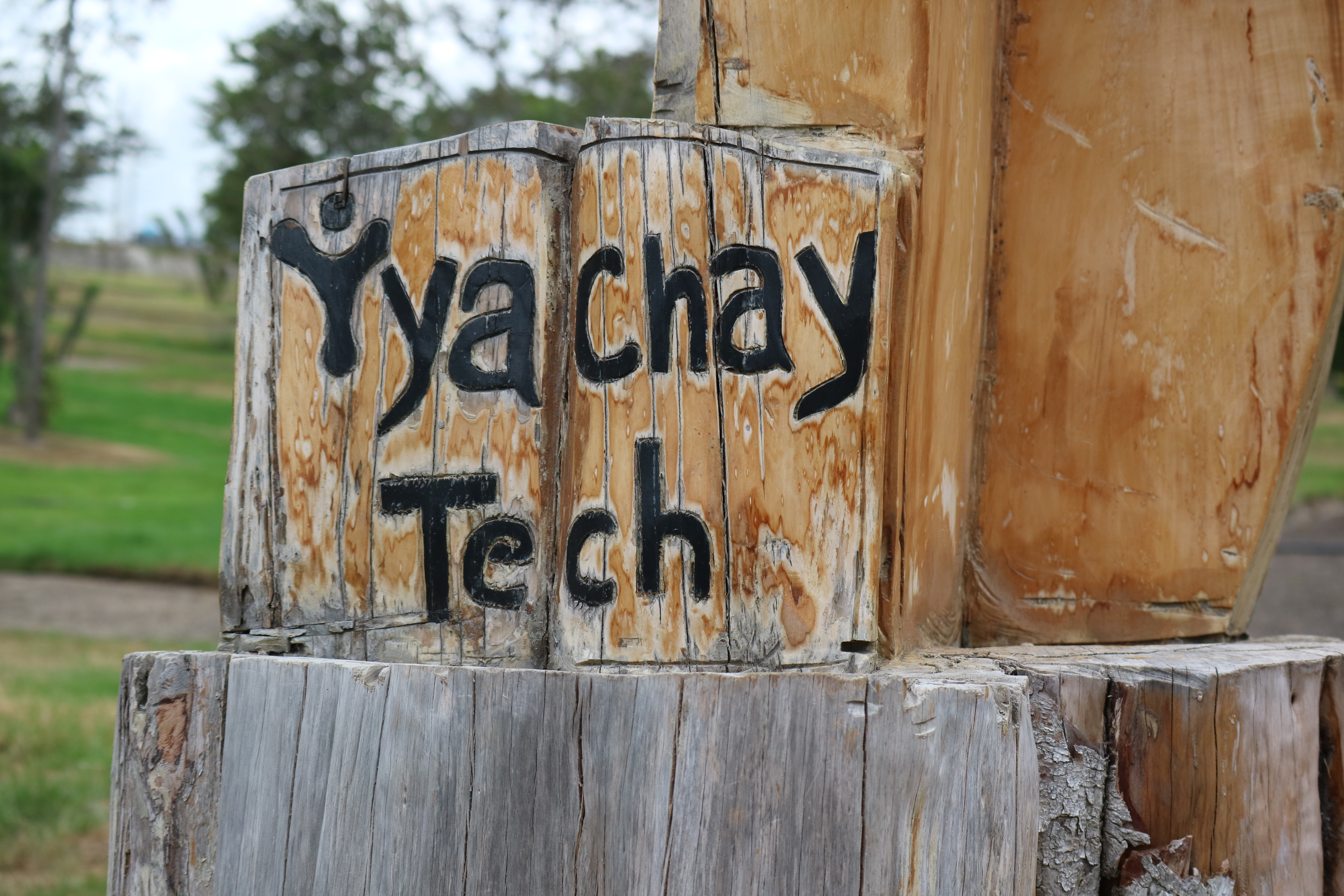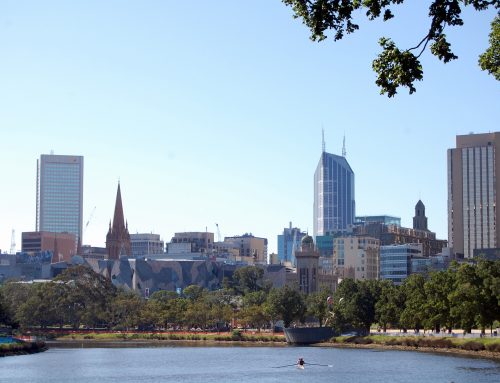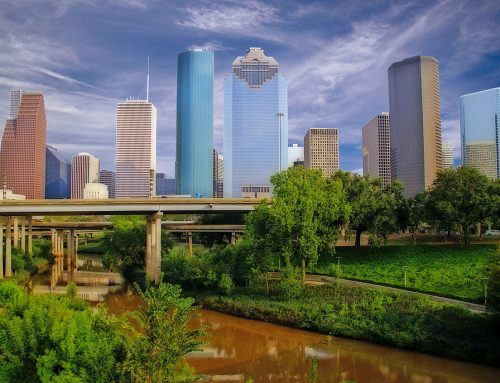“New Cities” are planned cities, generally conceptualized and constructed in partnership between government and corporate actors. While this phenomenon has resulted in a mixed-bag of mostly non-sustainable boondoggles, there is no doubt that these cities represent a vision of the future – new ways of people living together and relating to one-another. While these visions of the future may not be shared by all, they are visions worth noticing.
Yachay City of Knowledge is a New City located in rural Ecuador 120 kms north of the nation’s capital. Yachay is conceptualized to be a technological research and innovation hub containing research facilities, a working university, and bio-tech companies. Around 2,000 people currently live in the city; city planners are hoping to eventually attract 80,000 residents.
The city is situated on the site of a derelict sugar cane plantation and refinery, a remnant of the type of ‘banana republic’ economy that Educator is trying to leave behind. In Yachay, old colonial hacienda infrastructures, including a sugar cane refinery, are being transformed to facilitate a transition to a technological economy of the future.

The city aims to be a hub of innovation and research and currently markets itself as the ‘Silicon Valley’ of Educator. Their four main development goals include: agriculture and bio-technology; industrial production; education and research; and entertainment. Over ten companies currently work within the city. Yachay also has a fabrication lab which allows students to utilize a 3-D printer and other whiz-bang tools.

Yachay’s rural location in the Ecuadorian highlands allows it to interact with diverse ecosystems. A botanical garden, which houses native flora, helps to integrate nature into the city. The final plan for Yachay contains 40 percent green space, which is significantly higher than other modern cities. City planners are well-aware of their location in one of the most biodiverse regions of the planet, and they plan to integrate this natural capital into their research programs, potentially through the creation of a seed bank.

Due to limited resources, Yachay may also inadvertently be becoming a model for sustainable construction and design. Developers utilize locally recycled resources such as waste products from palm oil refineries for foot paths; bamboo for fences; recycled shipping pallets for fences and flower beds; adobe clay for paths and benches; and reclaimed wood for buildings. An on-site composting facility provides soil to the greenhouses.

Despite Yachay’s aspirations, its development has been hindered by a downturn in Ecuador’s national economy, and a lack of resources threaten its vision as an innovation hub of the South.
However, this project, in its attempt to grow the research and technological capacity of Ecuador, is challenging colonial configurations of power. Yachay hopes to bring Educator economic development as well as make the country a place of experimentation, innovation, and learning.
All photos provided by Sarah Moser



